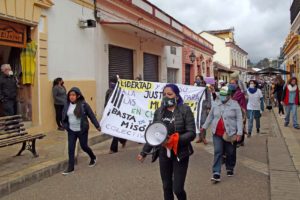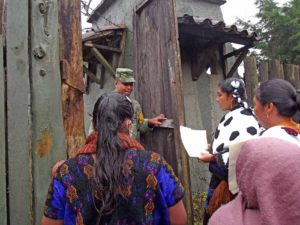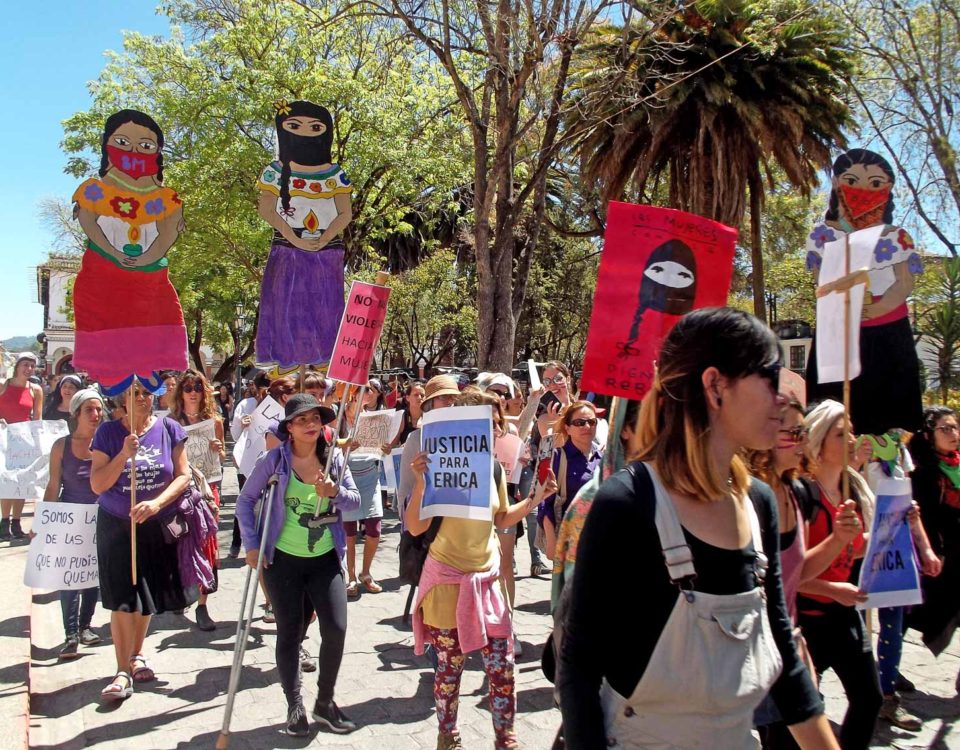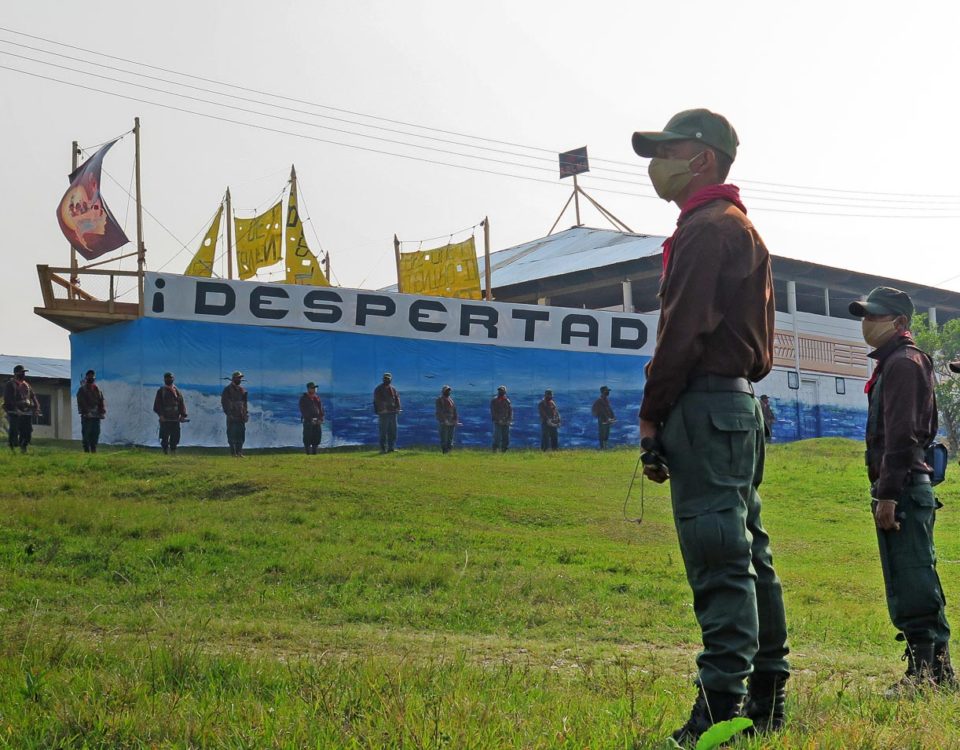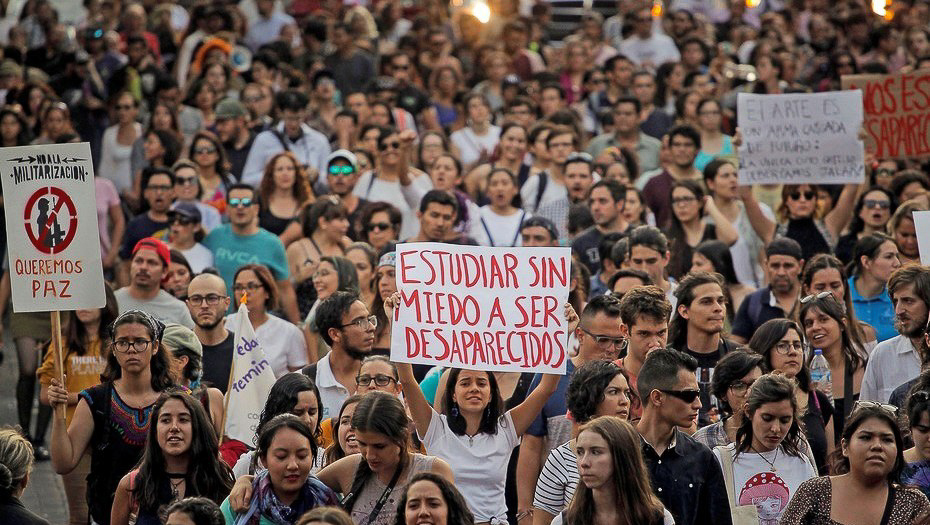
FOCUS: Youth in Mexico – an approach to their perspectives and opinions
09/06/2021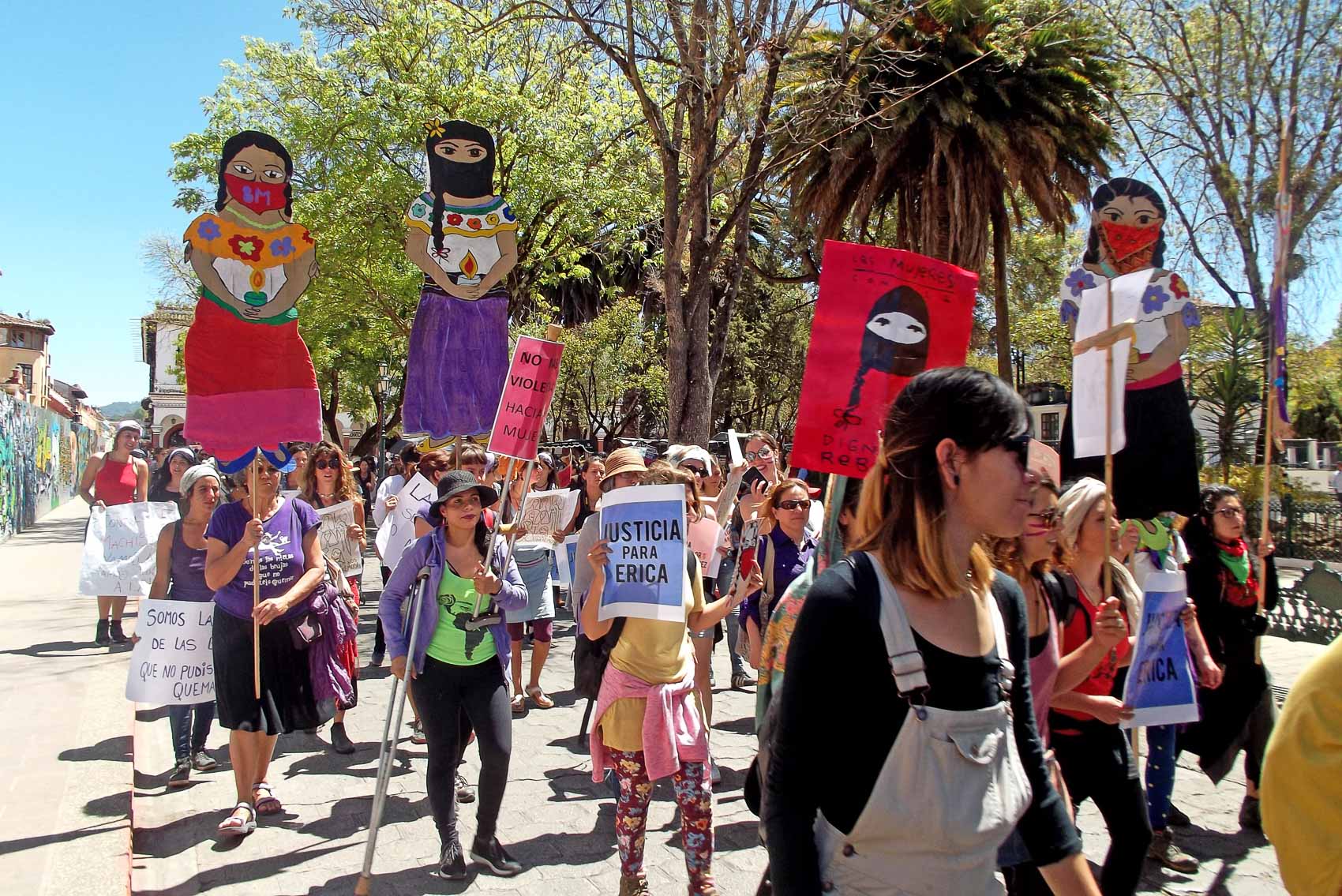
SIPAZ Activities (mid-February to mid-May, 2021)
09/06/2021Women and girls in Mexico live in a context where the State does not act to protect their rights. When it involves protesting on public roads, against gender violence, they are violated in different ways, including violence based on gender
I n the middle of the pandemic, despite the possible risks of infection from COVID-19, thousands and thousands of women, members of feminist collectives and civil organizations, as well as individuals, took to the streets in multiple states of the Republic on March 8th, International Women’s Day, to demand respect for their rights and, in particular, to demand a life free of violence.
On this day, women around the world have been demonstrating for decades through different actions to highlight the worrying situation in which women live for the simple fact of being women. According to reports from the Secretariat for Citizen Security and Protection (SSPC in its Spanish acronym), from January of this year, Mexico continues to suffer from worrying rates of gender violence, with an average of ten women murdered per day; two of these cases are registered daily as femicides. In addition, several sources have recorded that these figures have increased in the midst of the pandemic.
2021: An 8M in the Middle of the Pandemic
For more than a year, Mexico, like most of the world, has been under restrictions due to the pandemic that limited an act of the same historical magnitude as last year when more than 200,000 women marched in the capital and participated in a national strike that caused a loss of 37 million pesos. However, these restrictions did not prevent thousands of women of different generations, social classes, racial and gender identities, from raising their voices on social networks, through marches, parties, songs, drums, street art and online conversations, etc. to make the same message clear: enough is enough of violence and insecurity.
8M Activities in the Republic
Feminist protesters, women’s groups or women who are not part of collectives, groups or organizations are protected by the right to freedom of peaceful assembly, Amnesty International clarifies in the 2021 report “Mexico: The Wrath of Women”. However, the report confirms that the authorities in Mexico have responded with violence and the violation of this and other human rights of women.
Despite this, various activities were carried out, some of which denounced precisely this type of violence. For example, in Chiapas, women members of the civil society Las Abejas de Acteal, delivered a statement to the nearby military base with the message that they do not want soldiers on their land. In cities such as Tuxtla Gutierrez, San Cristobal de Las Casas or Tonala, hundreds of women marched with slogans such as “The police do not take care of me, my friends take care of me”, denouncing several femicides that occurred during the last year in the state and that remained in impunity.
In the state of Guerrero, the slogan “A rapist will not be a governor” was heard, as well as in the country’s capital, in reference to the National Regeneration Movement (MORENA) candidate for governor, Felix Salgado Macedonio, who faces complaints of rape and allegations of sexual abuse and harassment.
The Double Violence Faced by Female Protesters
In many cases, the media, instead of talking about the just demands of women and their frustration at the little progress on their agenda to date, spoke about damaged public buildings, clashes with police, detainees and casualties (both on the side of the protesters and security personnel), within the framework of the marches. In the capital alone, local authorities reported 81 people injured during the protest. In addition, some sources reported the use of tear gas by the police, something that the government has denied.
The Amnesty International report highlights that the Mexican authorities respond to protests by women and talking about gender violence with excessive and unnecessary use of force, with illegal and arbitrary detentions, with verbal and physical abuse. In addition, it exposes how feminist demonstrations, despite being mostly peaceful, have begun to be stigmatized as violent, and how several protesters suffered human rights violations during these types of marches since last year.
In addition, the document highlights how the slogans and symbols painted by the protesters on walls, floors and public monuments, in the same way as interventions on monuments are “expressions that are protected by the human right to freedom of expression.”

